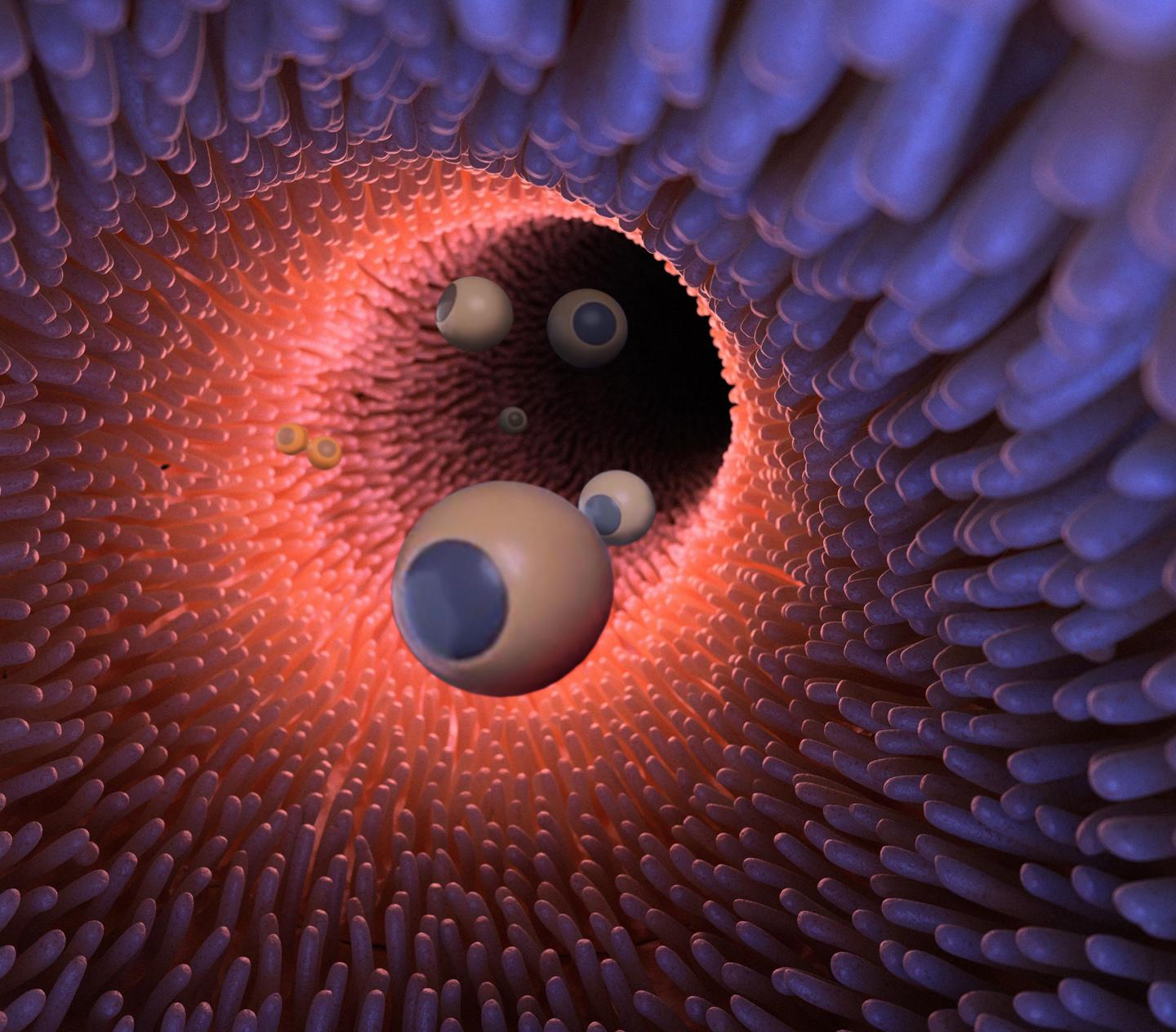
A group of Caltech researchers has recently developed a microrobot system that can be controlled outside of the body to administer drugs to specific regions. These small drug delivery vehicles are enveloped in several different biodegradable layers that allow them to be ingested and passed through the gastrointestinal tract undigested until they reach an area needing treatment. Scientists can then trigger these microrobots to release this treatment using infrared light outside of the patient’s body. A research article regarding this work was published recently in Science Robotics.
“The microrobot concept is really cool because you can get micromachinery right to where you need it,” said Lihong Wang, Caltech’s Bren Professor of Medical Engineering and Electrical Engineering. “It could be drug delivery, or a predesigned microsurgery.”
Alongside Wang in developing this system is Wei Gao, assistant professor of medical engineering at Caltech. The two created this system with the goal of treating tumors within the digestive tract.
How the Microrobots Work
The microrobots are composed of four different layers that each serve a unique purpose. From deep to superficial, the layers are ordered as follows: magnesium metal, gold metal, drug treatment, and parylene. These layers leave a circular area of the sphere uncovered to expose the magnesium core. This allows the exposed magnesium to react with fluid in the digestive system, creating small bubbles. These bubbles function in a jet-like fashion to propel the microrobot forward until it contacts tissue.
The gold layer served to help the researchers in controlling the microrobot externally and the parylene helped resist digestion and stabilize the system during propulsion. Several of these microrobots are then packaged in a microcapsule that is coated with paraffin wax to protect them from the harsh conditions of the digestive system.
To trigger these complex capsules to administer their drug where desired, the researchers used a technique known as photoacoustic computed tomography (PACT). Developed by Wang, this unique procedure uses pulses of infrared light that diffuse through tissues and are absorbed by hemoglobin molecules within red blood cells.
Upon being stimulated by infrared light, these hemoglobin molecules create ultrasonic vibrations that are observed via sensors pressed against the skin. These sensors allow the researchers to generate images of the body’s internal structures from these vibrations. Wang has previously used this PACT technique to detect breast tumors and individual cancer cells.
In this microrobot system, PACT allows the researchers to locate tumors and the microcapsules. Once the microcapsule is confirmed to be at the site of interest, PACT is used to administer high-power infrared light to activate the treatment. This stimulation melts the paraffin wax capsule, releasing the microrobots to the fluids in the digestive system. At this point, the magnesium interacts with these fluids and propels the microrobots into adjacent tissue.
There is no way to directionally control each microrobot, but with many microrobots in each capsule, it is likely that enough of them will land on the targeted area. Once these microrobots disperse in a shotgun-like manner, they stick to a surface and begin releasing their treatment.
“These micromotors can penetrate the mucus of the digestive tract and stay there for a long time. This improves medicine delivery,” explained Gao. “But because they’re made of magnesium, they’re biocompatible and biodegradable.”
Going Forward
Wang and Gao’s approach has performed effectively in animal models and the two hope to continue researching and developing this technique.
“We demonstrated the concept that you can reach the diseased area and activate the microrobots,” Gao said. “The next step is evaluating the therapeutic effect of them.”
Gao would also like to create variations of this system that allow the microrobots to treat conditions in other regions of the body. He also has interest in developing different propulsion systems. Wang plans to improve upon his PACT system and enhance the infrared interaction with the microrobots. He noted that the current infrared laser struggles reaching areas deeper in the body, but that developing a system with a greater range is a feasible task.
Researchers at Caltech are working on an entirely new form of treatment for tumors—microrobots that can deliver drugs to specific spots inside the body while being monitored and controlled externally. https://t.co/PfRuMfFfy9
— Caltech (@Caltech) July 25, 2019







 © 2025 Mashup Media, LLC, a Formedics Property. All Rights Reserved.
© 2025 Mashup Media, LLC, a Formedics Property. All Rights Reserved.